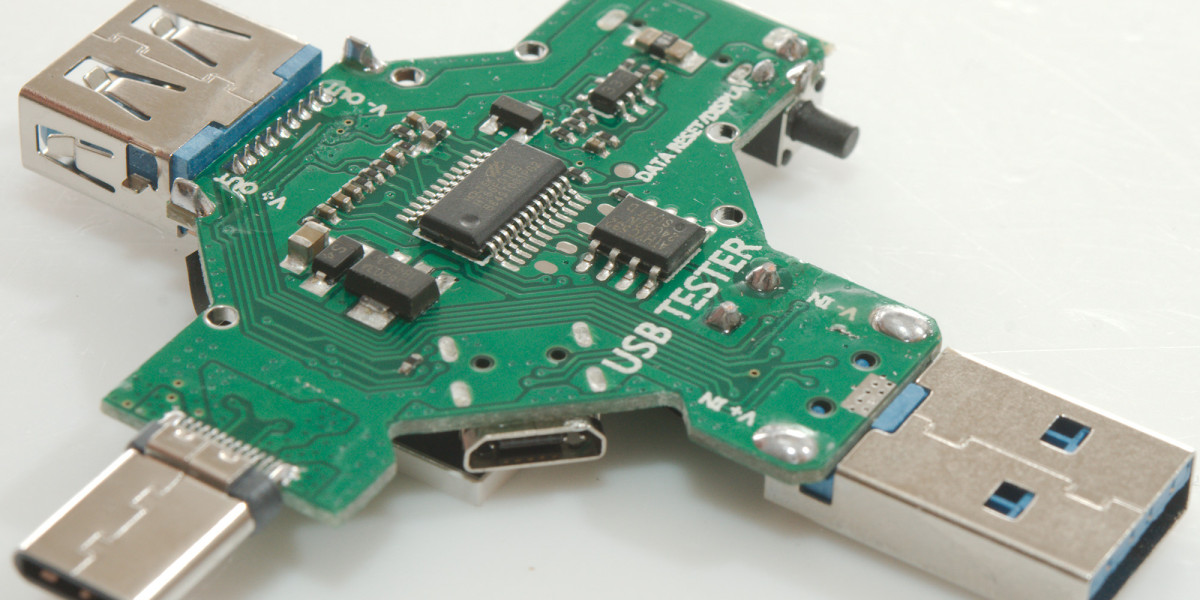In the ever-evolving world of semiconductor testing, probe card holders play a pivotal role in ensuring the quality and reliability of integrated circuits. As technology advances and semiconductor components become smaller and more complex, the demands on Probe Card Holders have grown exponentially. In response to these challenges, the industry has witnessed a significant shift towards the use of new materials and manufacturing techniques, leading to breakthroughs in performance, durability, and cost-effectiveness.
The Importance of Probe Card Holders:
Before delving into the latest materials and manufacturing techniques, it's crucial to understand the fundamental role probes and card holders play in semiconductor testing. A probe card holder is a critical component in a semiconductor testing system, serving as the interface between the tester and the device under test (DUT). It houses the probe card, which contains an array of microelectronic probes designed to make precise contact with the DUT.
The quality of the probe card holder has a direct impact on the overall efficiency and accuracy of the testing process. This includes the ability to make reliable electrical contact, maintain stability during testing, and endure the stresses and strains of repeated use.
Traditional Materials and Their Limitations:
For years, probe card holders were predominantly manufactured using conventional materials such as aluminum and stainless steel. While these materials have proven to be reliable, they come with their limitations.
- Aluminum
Aluminum probe card holders are lightweight and cost-effective, but they lack the necessary stiffness and durability required for advanced semiconductor testing. They are more susceptible to deformation under load, which can lead to inconsistent test results.
- Stainless Steel
Stainless steel, on the other hand, offers improved rigidity and durability compared to aluminum. However, it is significantly heavier and more expensive. These attributes can impact the precision of testing and increase the operational costs.
New Materials Revolutionizing Probe Card Holders:
To address the limitations of traditional materials, the semiconductor testing industry has witnessed a revolution in materials science. Innovative materials are being leveraged to create probe card holders with superior performance and cost-effectiveness.
- Advanced Ceramics
Advanced ceramics, particularly silicon nitride, have gained significant attention for their exceptional properties. Silicon nitride probe card holders offer a unique combination of high stiffness, excellent electrical insulation, and resistance to wear and corrosion. This makes them an ideal choice for demanding semiconductor testing applications.
Silicon nitride probe card holders are also known for their dimensional stability over a wide temperature range, ensuring that the alignment between the probe card and the DUT remains consistent during testing. These holders are lightweight compared to stainless steel, contributing to reduced wear and tear on the testing equipment.
- High-Performance Polymers
In addition to advanced ceramics, high-performance polymers like PEEK (Polyetheretherketone) have gained prominence in the semiconductor testing industry. PEEK Probe cards and holders are known for their exceptional mechanical properties, including high strength and stiffness, combined with low density. This results in lightweight, durable holders that maintain their shape under heavy loads.
PEEK's electrical insulating properties are advantageous for preventing electrical interference during testing, and its resistance to chemicals and high temperatures ensures longevity in harsh testing environments.
Innovative Manufacturing Techniques:
Beyond the adoption of advanced materials, innovative manufacturing techniques have played a crucial role in transforming probe card holder production. These techniques ensure precision, consistency, and scalability in manufacturing, ultimately leading to cost-effective solutions.
- Additive Manufacturing (3D Printing)
Additive manufacturing, or 3D printing, has opened new horizons for creating complex and customized probe card holders. It allows for intricate designs that optimize electrical contact, thermal management, and mechanical stability. The ability to produce custom designs rapidly has streamlined the development process and reduced lead times.
Additive manufacturing also minimizes material waste, making it an environmentally friendly option. This is crucial in today's world, where sustainability is a growing concern.
- CNC Machining
Computer Numerical Control (CNC) machining remains a vital technique in producing precise and high-quality probe card holders. CNC machines use computer programs to control the movement of cutting tools, ensuring that complex shapes and tolerances are consistently achieved.
The combination of CNC machining with advanced materials such as silicon nitride and PEEK results in probe card holders that meet the most stringent performance requirements in semiconductor testing.
Benefits of New Materials and Manufacturing Techniques:
The adoption of new materials and manufacturing techniques for probe card holders offers a range of benefits to semiconductor testing operations:
- Enhanced Performance
The improved stiffness and dimensional stability of advanced materials like silicon nitride and PEEK result in more accurate and repeatable testing. This leads to higher yields and reduced testing time, ultimately increasing the efficiency of semiconductor production.
- Durability
The exceptional wear and corrosion resistance of these materials extend the lifespan of probe card and holders, reducing maintenance costs and downtime. This is particularly valuable in high-throughput testing environments.
- Cost-Effectiveness
The combination of lightweight materials and advanced manufacturing techniques not only reduces operational costs but also minimizes material waste. This cost-effectiveness is especially critical in a competitive industry like semiconductor manufacturing.
- Customization
Innovative manufacturing techniques, such as 3D printing, enable the customization of probe card holders to match the specific requirements of different DUTs. This flexibility ensures compatibility with a wide range of semiconductor devices.
The Future of Semiconductor Testing:
As semiconductor technology continues to evolve, the demand for more advanced and efficient testing solutions grows. New materials and manufacturing techniques for probes and card holders represent a significant step forward in meeting these demands.
With materials like silicon nitride and PEEK, and manufacturing processes like 3D printing and CNC machining, the semiconductor testing industry is well-positioned to achieve greater precision, durability, and cost-effectiveness in its operations. These innovations not only benefit manufacturers but also contribute to the development of faster, more reliable, and more energy-efficient electronic devices.
In conclusion, the revolution in probe cardholder technology demonstrates the semiconductor industry's commitment to progress and innovation. As new materials and manufacturing techniques continue to evolve, the future of semiconductor testing holds the promise of even more sophisticated, efficient, and sustainable solutions. These advancements are not only changing the way we test semiconductor devices but are also shaping the future of technology itself.



